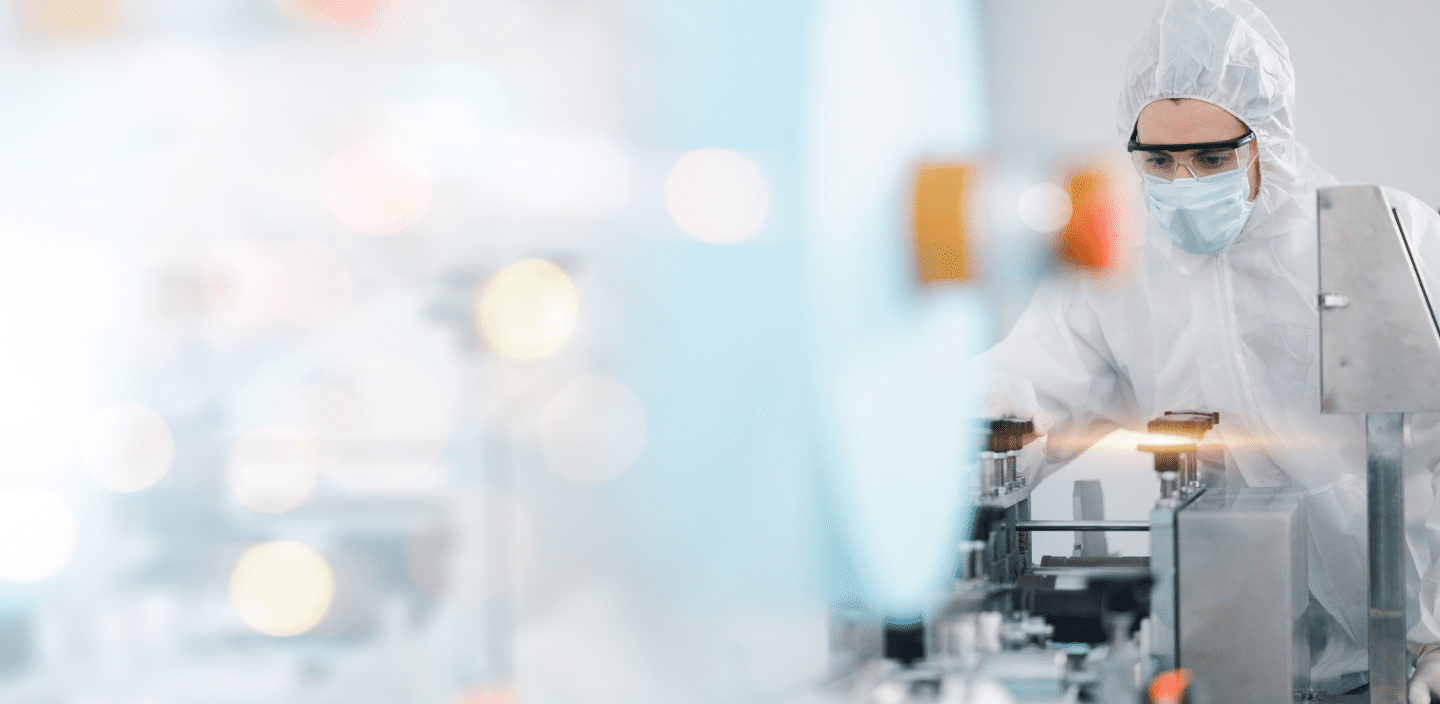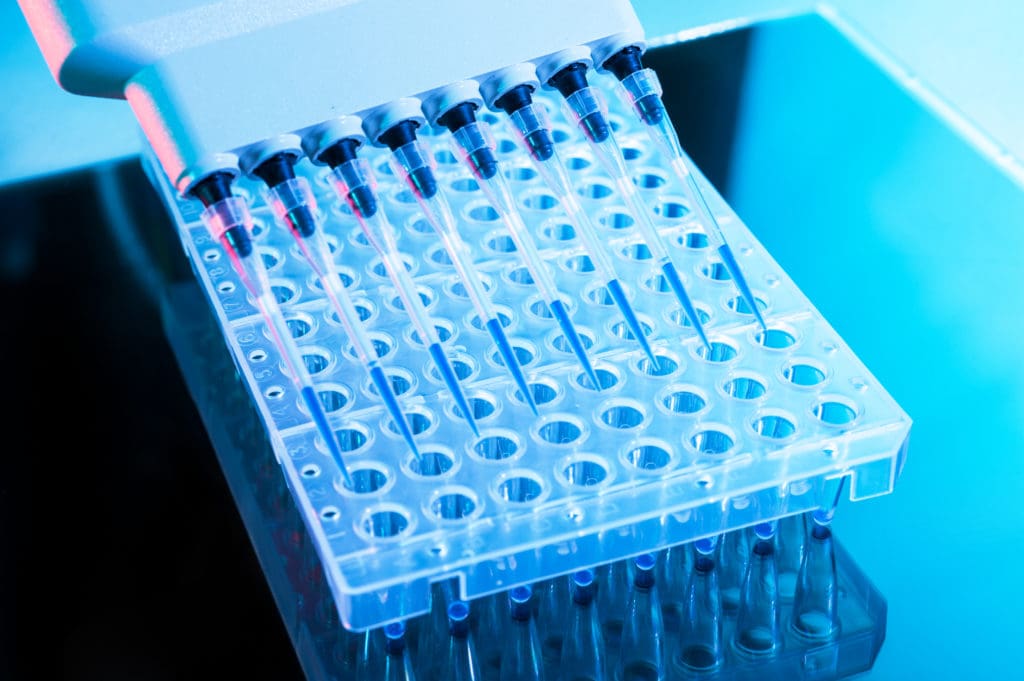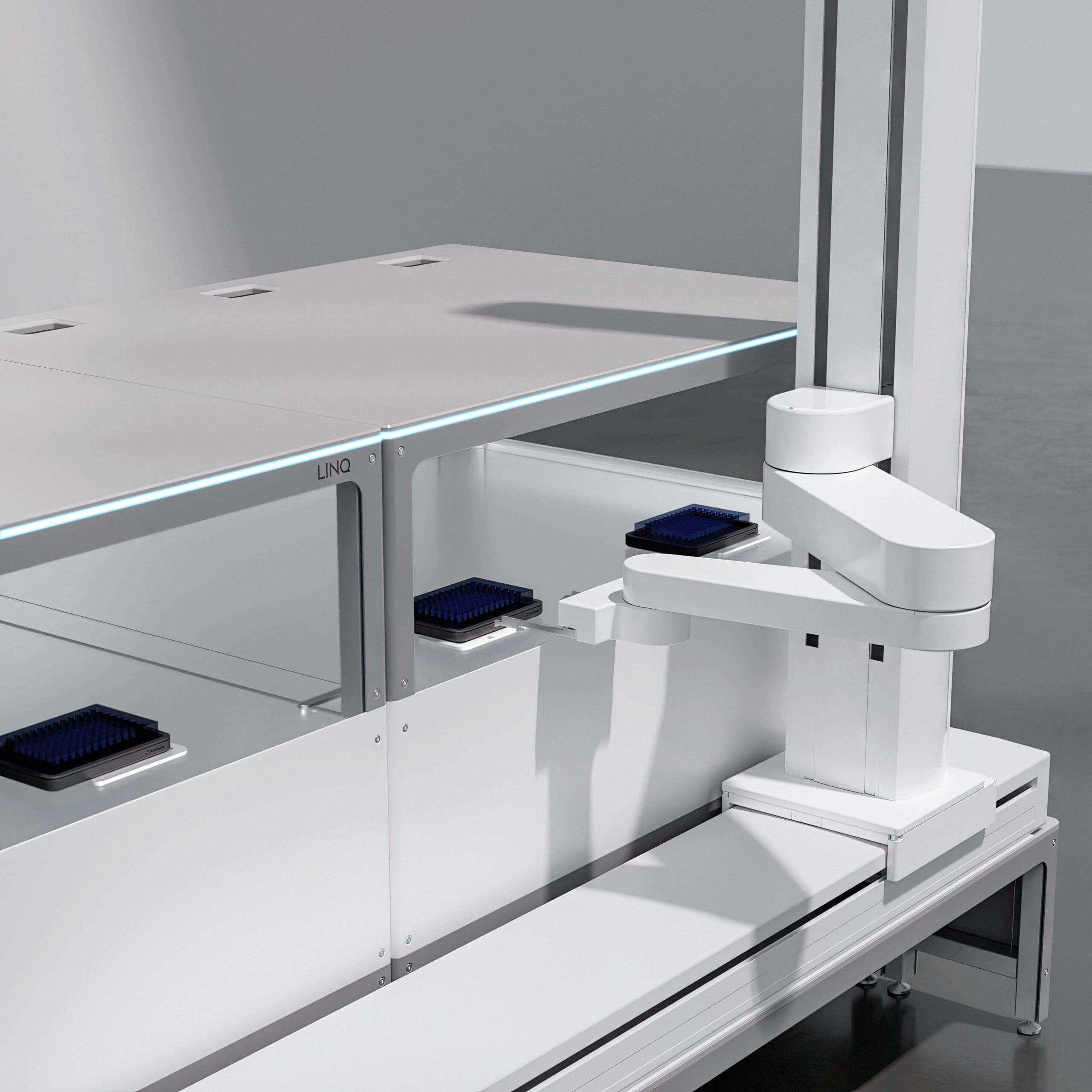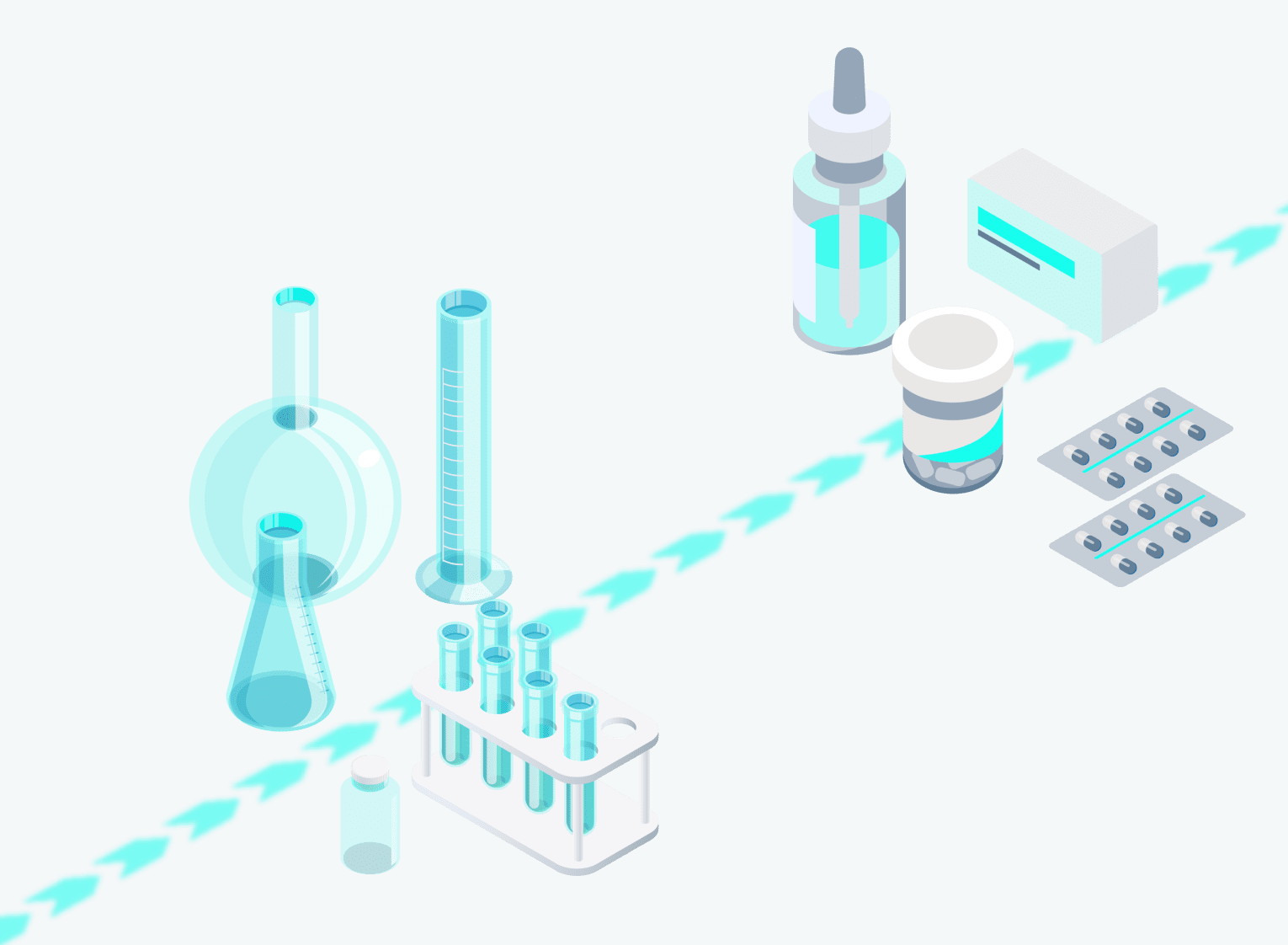

The benefits of automation in drug discovery: An expert’s perspective
We sit down with John Vincent, Senior Scientist at Medicines Discovery Catapult, to talk about the benefits of automation, high throughput screening and the best practices for automating drug discovery
The use of automation in drug discovery provides more consistent data that allows labs to make better decisions, faster. It also facilitates the testing of hundreds of thousands of compounds and samples.
Automation in this sector ranges from very partial automation, such as the use of an automated liquid handler, all the way to high-throughput screening, where automation is employed across entire assays.
Typically, access to greater, end-to-end automation has been restricted to only the largest drug discovery players. However, as automation technology has progressed, it has become more flexible, cost effective and accessible – opening up the benefits of automation for labs of all sizes.
We sat down with John Vincent, Senior Scientist at Medicines Discovery Catapult, and an expert with experience running high-throughput screening, to learn about how more investment in automation can result in more consistent data, flexible work and greater capacity.
The benefits of automation in drug discovery
“One of the most significant challenges in drug discovery today is the number of compounds that need to be screened, and how much manpower and resources are required to screen them,” explains Vincent.
By investing more in automation, or automating parts of the process that are still manual, labs can significantly expedite the screening process, he says. But the benefits of automation are not limited to increased capacity.
“When you introduce automation into a facility, even just a simple plate handler or a reagent delivery device, you immediately increase the reliability and consistency of your data,” he adds. “As long as the machine is set up correctly (and regularly checked) you are going to get the same data every time within your error range.
“People get tired, but robots do not. They don’t lose focus or get distracted. Their first data point is as accurate as their last data point.”
Having consistent data is critical in an industry plagued by the ‘reproducibility crisis’. (A study from Nature found that 70% of scientists have tried and failed to recreate another’s experiment.) Vincent points out that more reliable datasets can also make observations clearer for lab workers.
“With clearer data, you can detect the subtle changes between one compound and another. This gives you a better chance of understanding why that one compound is better,” he explains. “And sometimes, in the very early stages, your window of activity is very narrow. You have to rely on experts to build in an increase in your activity or window, something that you wouldn’t know about if you weren’t able to spot the finer, finer differences between the different compound series and compound types.”

The barriers to greater automation in drug discovery
“There are a number of challenges for labs automating drug discovery today,” explains Vincent. “The cost of running high-throughput screening can be very high. And since a specific screening may only take place once, it can be difficult for labs to repeatedly switch up their assays too.
“In order to address today’s needs, there’s a requirement for flexibility in the way drug discovery labs use automation,” he adds.
Lack of flexibility is a common concern for labs employing automation for high-throughput screening, but it is not the only barrier to adopting more automated equipment.
“Financials is, to an extent, a barrier to greater adoption of automation,” says Vincent. “Lab workers also often do not consider it necessary, since the tasks that are automated can be done manually too. What needs to be understood is that automation increases consistency in data, throughput and allows labs to do more with less manpower.”
Additionally, more automated labs means more walkaway time. With the down time automation provides lab workers, they can use their training to problem solve, or catch up on research.

Lab automation for early drug discovery
Discover how our integrated automation platform accelerates each stage of early drug discovery with ease and precision
How to automate effectively
Automation needs to be well thought-out to be effective in drug discovery. However, it can be challenging to know exactly how to do that, so we ask Vincent to share some advice.
“Automation needs to be employed on a large scale to be effective,” he tells us. “When you introduce a machine, things, such as the amount of reagents you need to use, will increase.
However, if your lab is able to scale automation, you will be rewarded with much higher throughput and cost effectiveness.
“Your cost per well will go down significantly,” adds Vincent. “And since the quality of your data and the consistency of that data will be better, your repeat rate will go down as well.
It is also important to get the right equipment for your labs’ needs.
“Buying good quality equipment, and setting up your system with the appropriate checks and reliability means you’ll get a better data set at the end of your assay,” says Vincent. “You could buy all those pieces separately and run them manually one at a time. But being able to link those together with some sort of robotic system will hugely help the consistency of data over time. Linked, automated systems can help you regulate any sensitivity in your assays, from the time of incubation to the temperature in the room.”
Learn more about how to pick the right drug discovery automation partner.
John Vincent’s top tips for automation in drug discovery
1. The greatest value for money can be achieved when automation is applied to the screening of large compound numbers
2. Link equipment to automate the entire assay process, this will help with data consistency and regulate any sensitivities
3. Make sure your equipment is set up with the appropriate quality checks to ensure reliability, reproducibility, and consistency of data

